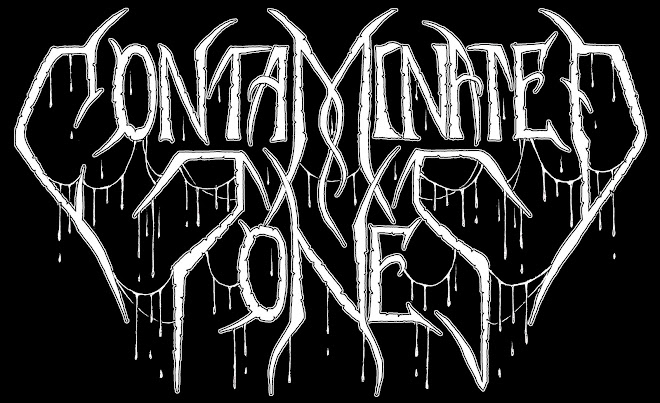Mountains' follow up to 2011's Air Museum perfectly hones this duo's penchant for Ambient beauty into a seamless record from start to finish. Centralia, in many ways, is a perfect modern ambient release for fans of the genre's sweeping audioscapes as well as for those that are just beginning to ripple the surface of a beautifully still yet deep pond. Each strata of sound is situated atop a deep droning foundation to form thick blends of textures, arranged with the care, skill and expertise you would discover a life-long bonsai enthusiast providing for the most long-lived specimen in their collection. Koen Holtkamp and Brendon Anderegg's earlier albums in many ways have built up to the reverberations experienced in tracks as different as the sweet and short "Identical Ship" or the long and wistful "Propeller." Where Choral emphasized acoustic guitar playing and a delicate song-craft to feel like a more traditionally structured album, and Air Museum brought electronic ambiance to the forefront, Centralia has both a subtle structured approach as well as the pure drones of its predecessors. Here we find a far less processed sounding record than Air Museum but not as folky a release as some may consider Choral.
From start to finish, there are many ways to travel through this record, and many scenes to implant oneself. One joy of a great ambient work is that feeling of being lost somewhere. It is easy to do that here. The story of Centralia, the Pennsylvania mining town with a smoldering underground mine that inspired the Silent Hill video game series, described in Susan Hutchison Tassin's paperback, Pennsylvania Ghost Towns - an accumulation of forgotten places across Pennsylvania - as "a vision of hell, with crumbling infrastructure, silent streets... smoke and sulfurous fumes rising from numerous fissures in the ground throughout the area," is factual to reality but to find anything that would hint at this on Centralia is nigh impossible. There is a different image presented by Mountains. I find myself lost not in the smoky tomb of ember-filled coals mines but instead lazily wandering the untouched farmland and rolling hills through bosky groves and patchy meadows, mozying down old gravel roads past quaint homes now filled not with life but of memories, apparitions of joyous occasions etched in the fabric of a place that once would have been a stereotypical small-town-America main street. At times, dying embers fall from the sky like snow. As beautiful as the scenery can be, there are always the reminders of the past. The culminating moments of "Liana" are awash with a sense of tragedy and harshness. Arising from nowhere, perfectly honed noise and feedback creates the best moment of the album here, and offer a window from the surreal to existent.
With the strong electronic components here, we get a great arrangement plot. The natural guitars and strings and feedback are much the same as the hills, valleys, rich ore deposits and forests that run across the gasping earth. Where this bountiful nature drew men, their machines and their industry the land demanded that it be respected and revered. The unnatural sounds on Centralia rise in juxtaposition. While the electronics and synthesizers are front and center more than not on Centralia, they are effective only due to the strength of the drones underneath. Artificial and natural, hand in hand. Less metaphorically - though surely one could make comparisons between the burning mines of Centralia and the subterranean complex on Altair IV - the electronic components of Centralia remind of the influential, yet barely acknowledged Forbidden Planet soundtrack. Though Holtkamp and Anderegg didn't need to build their own instruments like Louis and Bebe Barron did in 1956, they did manage to patch themselves into the same train of thought.
And yet many lay-listeners would characterize Centralia as being a bunch of blips and bloops over monotonous expanses of synth. They wouldn't be entirely wrong, technically, however it would be a drastic oversimplification of the complexities of how Mountains has used different arrangements in each song to best create new, unique and entirely memorably individual passages. "Circular C" is one such track in which, what may sound at first like almost random punctuations of smooth and soft tones stumbles into a grand vista with bright acoustic guitar accents and a machine-like drone that shakily supports the now rotating melody introduced earlier. Holtkamp and Anderegg refuse to allow what would be a quality foundation lay unbuilt. Deeper elements enter and scuff up the smooth overtones with some grit. I'm reminded of the soundtrack to Sim City 4. "Propeller" is the harshest of the tracks up front but moves slower and patiently the deeper you look. Long, deep chord progressions are key and even though the pulsating essence that, in fact, resembles a propeller is a constant, once again we get a cyclical structure.
While other critics have noticed this looping pattern, none have been keen to describe it for what it is. Mountains on their longer tracks take the form of Javanese or Balinese gamelans, presenting an introductory phrasing and then through repetition and addition creating their electronic ambient. While a band such as Earth are the true kings of drone, there are no melodic patterns that run a course on Earth 2. Sunn O))) came closer at times on Black One but never quite totally epitomized the structure. Mountains, however is one of the purest examples of this decisively non-western musical style. Traditionally, gamelans symbolize the passing of time and are associated with the clock and the calendar. With Centralia we are offered something similar. Time has passed by the few people left in Centralia. There has been little return to the beauty of their land since before the 1962 mine fire. Mountains has given us a record to aid us in visualizing something that could have been or already was.



No comments:
Post a Comment